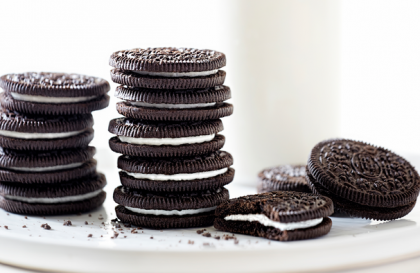 Hiram Maxim is remembered for his machine gun but he also built funfair rides and attempted to develop aircraft.
Hiram Maxim is remembered for his machine gun but he also built funfair rides and attempted to develop aircraft.
His rare talent for invention, and desire to improve upon existing machines, led him to turn his attention to the machine gun. In 1718 James Puckle had invented the Defence Gun, capable of firing 63 shots in seven minutes. During the 19th century Gatling, Gardner and Nordenfelt all improved upon this design. The British Army and Royal Navy were so impressed by these guns that they purchased them for use in campaigns.
However, while these guns were capable of achieving firing rates of 600 shots in two minutes, they were operated by manual cranks for the purpose of loading, firing and extracting empty shells. They had to be mounted on a firm stand which prevented turning the guns freely. In a paper recording his machine gun design, presented to the IMechE in 1885, Maxim also noted that the military regularly had problems with machine guns jamming, leaving unexploded cartridges in the barrel.
The Maxim machine gun employed a single barrel and an automatic mechanism for loading and firing. The energy of each bullet’s recoil force was used to eject the spent cartridge and to fire the next shot. So the gun could fire continuously at speed with only the first shot needing to be fired by hand.
The gun was capable of firing up to 600 rounds per minute and was adopted by the British, Austrian, German and Italian armies. With backing from the Prince of Wales, Maxim’s gun bought him financial success and his company, the Maxim Gun Company, was eventually absorbed into Vickers.
Maxim’s father had earlier conceived of a helicopter powered by two counter-rotating rotors. He was unable to find a powerful enough engine so never built it. Hiram first sketched out plans for a helicopter in 1872, but when he built his first ‘flying machine’ he chose to use wings. He did experiments on aerofoil sections and propeller design, and built a whirling arm test rig.
Construction started in 1889 of a 40ft-long craft with a 110ft wingspan. It was powered by two lightweight naphtha-fired 270kW steam engines driving two 17ft-diameter laminated pine propellers. During trials in 1894, the machine lifted but was prevented from rising by outriggers. During its test run, all the outriggers were engaged, showing that it had developed enough lift to take off but, in so doing, it pulled up its track. The tethered ‘flight’ was aborted in time to prevent disaster. Maxim subsequently abandoned the work. In My Life, Maxim noted that a feasible flying machine would need better power-to-weight engines, such as a petrol combustion engine.
In 1904, Maxim designed and built an amusement ride, known as the Captive Flying Machine, for the Earl’s Court exhibition. He wanted people to experience flight, to raise its profile and to secure funding. Cars attached by arms to a central rotating upright would ‘fly’ through the air.
Modifications had to be made to his prototype as his assistant passed out during testing, as a result of the speed the ride was running at. When legal restrictions were placed upon design development he declared it “Simply a glorified merry-go-round”. Its projected construction cost had been £3,000 but the actual cost was more like £7,000. Maxim decided that more would have to be built to make the venture profitable. His company also built rides at the Crystal Palace and various seaside resorts including Southport, New Brighton and Blackpool, all of which opened in 1904.
The Blackpool ride still operates within the Pleasure Beach – it has survived two world wars and a local tidal wave! Visitors can now view the workings of the machinery through a purpose-made window. The ride is similar to the later Circle Swing ride, by renowned rollercoaster designer Harry Traver.
In 1911, Maxim headed the newly formed Grahame-White, Blériot, and Maxim Company, which had £200,000 of capital. He had hoped to produce military aircraft capable of scouting or dropping a 500-pound bomb. However, failing health and financial difficulties restricted his ability to develop this enterprise before his death in 1916.







